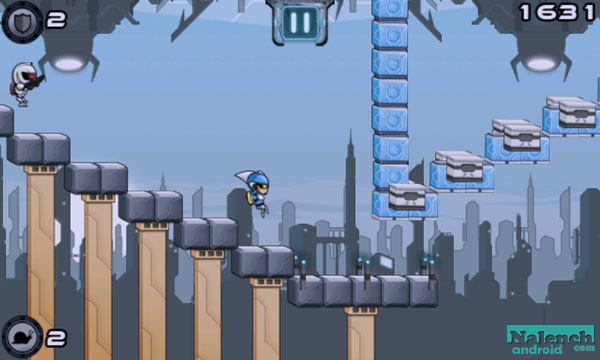

The Allies lose 29 ships and 7,100 soldiers. But with reinforcements arriving, hand-to-hand jungle combat follows with Japan finally retreating six months later, with 31,000 casualties and the loss of 38 ships. forces launch a surprise attack, taking control of the airfield and forcing the Japanese into initial retreat. Weeks after Japan begins building a strategic airfield on Guadalcanal, part of the Solomon Islands in the South Pacific Ocean, U.S. READ MORE: 5 Things You Might Not Know About the Battle of Midway Battle of the Guadalcanal Campaign: Augto February 9, 1943 forces, including dive bombers, attack, sinking four of Japan's aircraft carriers and the victory serves as a turning point in the conflict. In one of America's most important World War II naval wins, American intelligence is able to break codes to thwart a Japanese attack on the US. WATCH: Battle of Midway Tactical Overview - World War II READ MORE: Operation Barbarossa Battle of Pearl Harbor, December 7, 1941
GRAVITY GUY SWF SERIES
After a series of gains and losses on both sides during harsh weather, the Germans are eventually beaten back and forced to retreat. In preparation, the Soviets fortify the city and bring in reinforcements. READ MORE: Soviet forces penetrate the Siege of Leningrad Battle of Moscow: Octoto January 7, 1942įollowing Germany's Operation Barbarossa, an invasion of the Soviet Union, the Axis launches a campaign to capture the capital city of Moscow before winter sets in. As the Red Army finally begins to break through the blockade, the siege ends and the city is freed, but approximately 800,000 civilians die, most from hunger. With supplies, water, electricity and transportation cut off, 1.3 million people are evacuated.

Petersburg), the second-biggest Soviet city and a major center of industry. German and Finnish soldiers begin a nearly 900-day siege and blockade of Leningrad (now St. READ MORE: Crete falls to German forces The Siege of Leningrad: Septemto January 27, 1944 With nearly 4,000 Allies and more than 3,000 Germans killed, however, Hitler decries "the day of the parachutist is over" and it is the country's last airborne campaign. Day one of the campaign results in heavy losses for the Germans, but fearing a sea assault, Allied forces soon withdraw and evacuate in defeat. Nazi paratroopers invade the Greek island of Crete, marking history's first mostly airborne attack. READ MORE: 10 Surprising Facts About the Battle of Britain Battle of Crete: May 20 to June 1, 1941 Defense systems, including radar, and Hitler's decision to bomb London, rather than military bases, allows Britain to regroup and eventually win the battle. Photos: The Pictures that Defined World War II Battle of Britain, July 10 to October 31, 1940Īfter a nearly four-month air campaign waged over England, Britain's Royal Air Force and Navy respond to heavy bombing attacks from Germany's Luftwaffe air force, including “ the Blitz,” in an attempt to destroy the RAF before invading. READ MORE: These Photos Depict the 'Miracle of Dunkirk' That Saved 338,000 Lives Germany claims victory with remaining Allied troops surrendering, but the evacuation serves to boost British morale, still referred to as the "Dunkirk spirit." But with Adolf Hitler halting Germany's advance there, the Allies are able to perform a daring-and successful-evacuation, called Operation Dynamo. READ MORE: British navy sinks the German battleship BismarckĪ German invasion around the French coastal town of Dunkirk separates the French and British armies, marooning Allied forces. Battle of Dunkirk from May 26 to June 4, 1940 Over five years, thousands of ships engage in 100-plus battles in the Atlantic Ocean with approximately 100,000 lives lost. The Axis, with its U-boats, responds with a counter-blockade that is at first successful, but the Allies' use of convoys, aircraft and technology eventually turns the tide.

World War II's longest continuous campaign takes place, with the Allies striking a naval blockade against Germany and igniting a struggle for control of Atlantic Ocean sea routes. Battle of the Atlantic: Septemto May 8, 1945 Below is a timeline of the war's most significant battles. When the Axis ultimately surrendered, some 20 million soldiers were dead, along with an estimated 40 million civilians. Bloody battles raged between the Allied powers, which included Britain, France, the Soviet Union and the United States, along with other nations, and the Axis, notably Germany and Japan. With Adolf Hitler leading a German invasion of Poland in 1939, World War II was launched, a deadly global conflict waged across Europe and the Pacific until 1945.


 0 kommentar(er)
0 kommentar(er)
